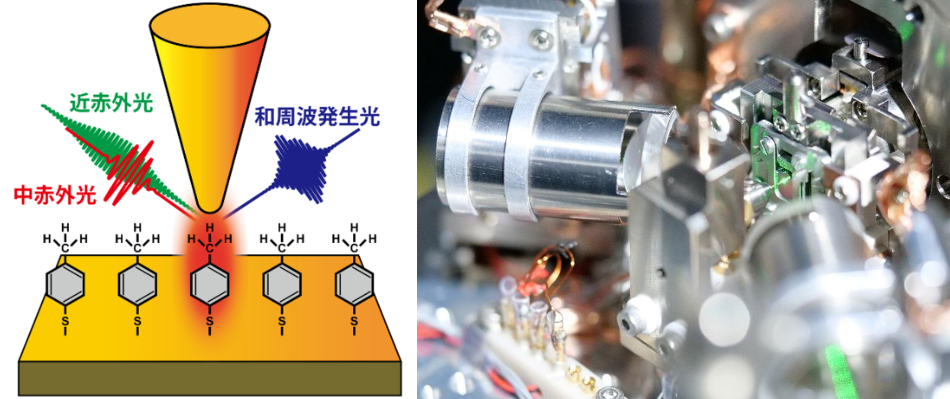2025-05-12 慶應義塾大学,科学技術振興機構

<関連情報>
- https://www.keio.ac.jp/ja/press-releases/2025/5/12/28-166914/
- https://www.keio.ac.jp/ja/press-releases/files/2025/5/12/250512-2.pdf
- https://www.science.org/doi/10.1126/sciadv.adr9481
スピントルク発生のためのナノメートル厚のSi/Alグラジエント材料 Nanometer-thick Si/Al gradient materials for spin torque generation
Taisuke Horaguchi, Cong He, Zhenchao Wen, Hayato Nakayama, […] , and Yukio Nozaki
Science Advances Published:9 May 2025
DOI:https://doi.org/10.1126/sciadv.adr9481
Abstract
Green materials for efficient charge-to-spin conversion are desired for common spintronic applications. Recent studies have documented the efficient generation of spin torque using spin-orbit interactions (SOIs); however, SOI use relies on the employment of rare metals such as platinum. Here, we demonstrate that a nanometer-thick gradient from silicon to aluminum, which consists of readily available elements from earth resources, can produce a spin torque as large as that of platinum despite the weak SOI of these compositions. The spin torque efficiency can be improved by decreasing the thickness of the gradient, while a sharp interface was not found to increase the spin torque. Moreover, the electric conductivity of the gradient material can be up to twice as large as that of platinum, which provides a way to reduce Joule heating losses in spintronic devices.



